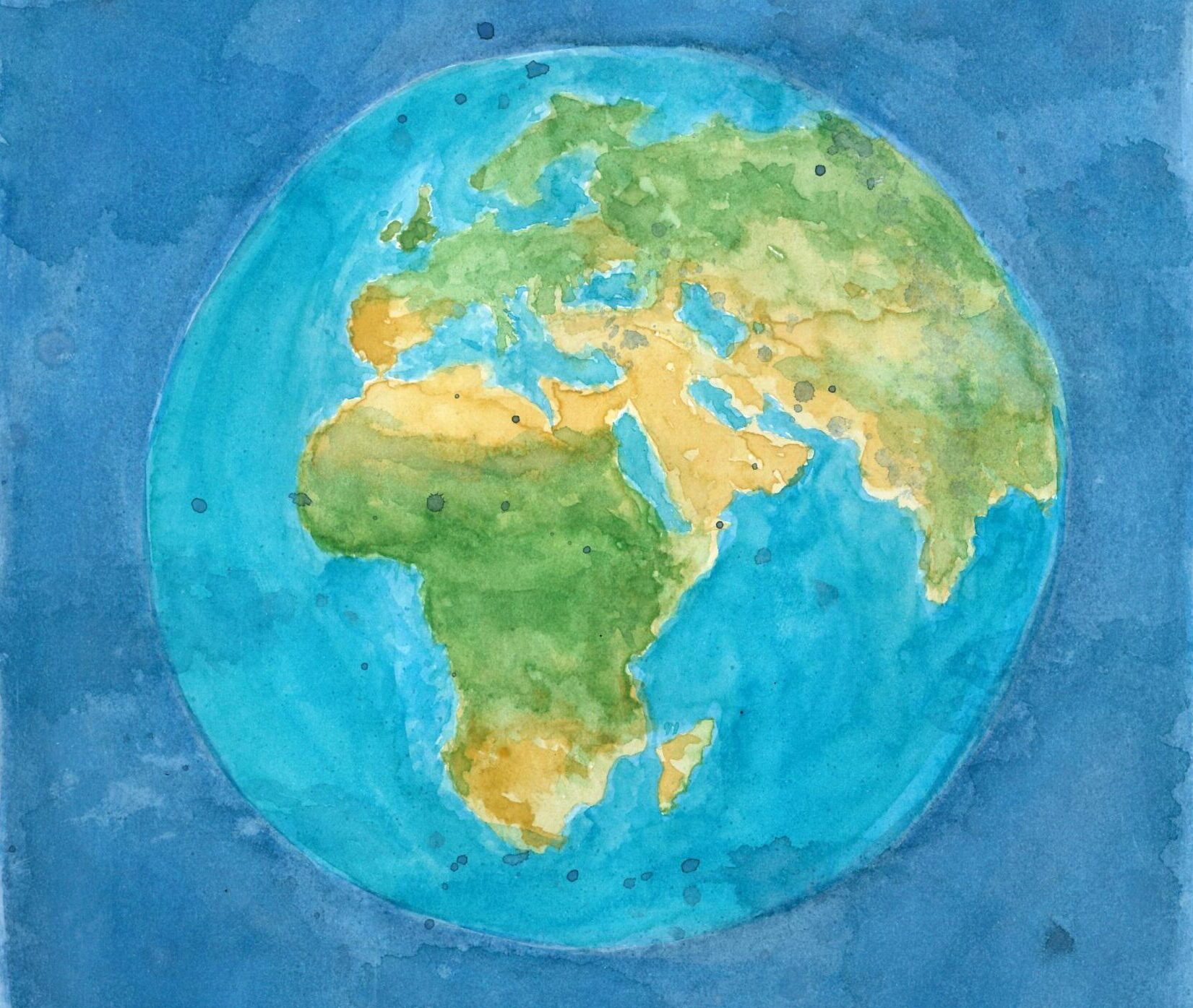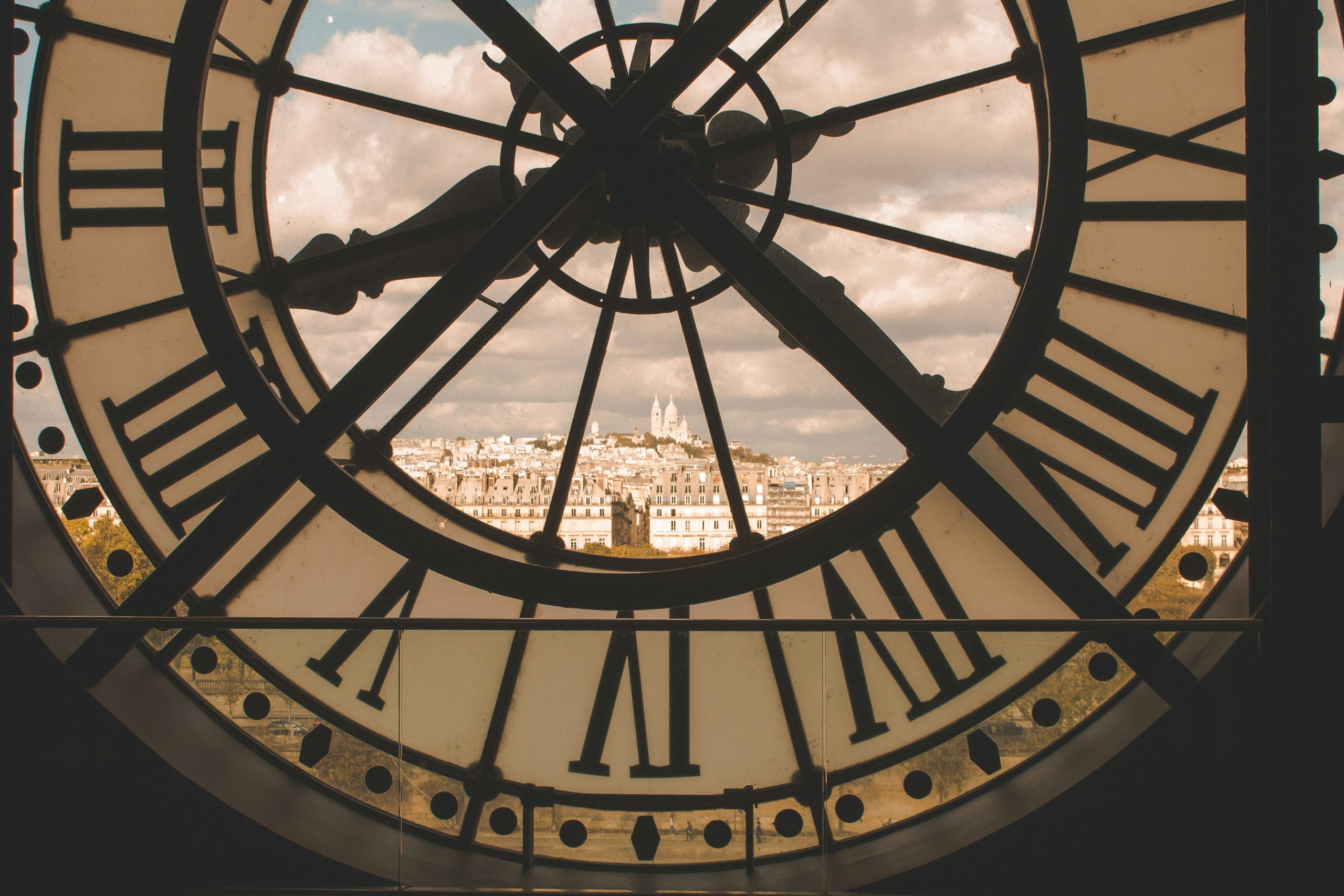Sophie Littlewood on what the ozone hole tells us about human responsibility, manufactured doubt and international collaboration.
In May 1985, three scientists from the British Antarctic Survey published a shock discovery: the ozone layer had a hole in it. The hole – or, more accurately, the area over Antarctica where ozone concentration is abnormally low – posed a serious health risk. The ozone layer protects Earth from the Sun’s harmful UVB ultraviolet rays, which can cause skin cancer and eye damage, and any reduction in ozone concentration has direct consequences for human health.
The culprits? A group of seemingly harmless chemicals known as chlorofluorocarbons (CFCs), which were being used in hairspray, aerosol cans, air conditioning units and refrigerators. By 1987, the Montreal Protocol on Substances that Deplete the Ozone Layer had been written and signed by 43 nations, pledging to phase out CFCs and restore the ozone layer.
The Montreal Protocol is often hailed as one of the most successful examples of international cooperation. But there’s a large part of the story that’s missing: atmospheric scientists suspected that the ozone layer was under attack more than ten years before the ozone hole was discovered.
In 1970, British scientist James Lovelock built a homemade device to detect CFCs in an urban haze of pollution that had descended over his holiday home in Ireland. But even when the haze cleared, and the air was coming from over the Atlantic – without passing over an urban area for thousands of miles – CFCs were still detectable. Lovelock even took his instrument on a voyage from England to Antarctica, and to his surprise, CFCs could be found wherever he travelled. It seemed that CFCs weren’t being broken down in the Earth’s lower atmosphere. In fact, almost all of the CFCs manufactured since their invention in 1930 were still in the atmosphere.
A few years later, atmospheric chemists Sherwood Rowland and Mario Molina made a hypothesis: that these stable CFCs might eventually float into the Earth’s upper atmosphere, known as the stratosphere, where solar radiation would break down the molecules and release highly reactive chlorine atoms. These chlorine atoms could, in turn, catalyse the destruction of ozone at a devastating rate. A single chlorine atom could destroy 100,000 ozone molecules.
From there, the evidence mounted. Chlorine monoxide, a product from which the only known source is the destruction of ozone by chlorine, was detected in the stratosphere in 1976. A year later, the governments of the U.S., Canada, Norway and Sweden moved to phase out CFCs from aerosols. But there, the momentum stopped. It would be another ten years before the Montreal Protocol was signed, and CFCs would begin to be phased out from all products, not just aerosols. If the evidence existed, then what caused the delay?
The answer lies in a public relations ‘playbook’ that was written by the tobacco industry to sow doubt over the link between smoking and cancer and would now allow the CFC industry to question the link between CFCs and ozone depletion. At the time, the industry generated $8 billion and employed 200,000 people. The Chair of the Board of DuPont, the inventor and largest producer of CFCs, was quoted as saying that Rowland and Molina’s hypothesis was “a science fiction tale…a load of rubbish…utter nonsense.”
In 1980, DuPont initiated the formation of the Alliance for Responsible CFC Policy, joining the ranks of other trade groups such as the Aerosol Education Bureau, the Council on Atmospheric Sciences and the Western Aerosol Information Bureau. All worked to defend their products to the government and the public, donating research grants to ‘white coats’ – scientists who were sympathetic to their cause or whose findings might be spun into a defence of CFCs – and emphasising that the science was too uncertain to justify action. Even as late as 1987, DuPont testified before the U.S. Congress that “we believe that there is no immediate crisis that demands unilateral regulation.”
These same tactics – of manufacturing doubt in science for commercial gain – had been played out by the tobacco industry and would since be used again and again, from global warming to vaccines to acid rain. Meanwhile, carbon emissions continue to rise amid a pandemic dubbed a “hoax” by senior politicians across the globe. In the words of Carl Bergstrom, professor of biology at the University of Washington: “It never occurred to us that if a pandemic actually broke out, there would be political lines drawn over whether it even existed.”
As for the Montreal Protocol? It was the first United Nations treaty to be signed by all 197 member nations, and the ozone hole is on track to heal completely by 2080. Jonathan Shanklin was one of the scientists who discovered the ozone hole in 1985. “It has been really astonishing to me that that little discovery has unified the world’s countries to really produce a measurable effect,” he said to the Verge in 2016. “And I only wish that they could unify in the same way over the many issues that affect the climate today.”
Sophie Littlewood is an Undergraduate in Chemistry at Magdalen College. Artwork by Dominika Syska.





